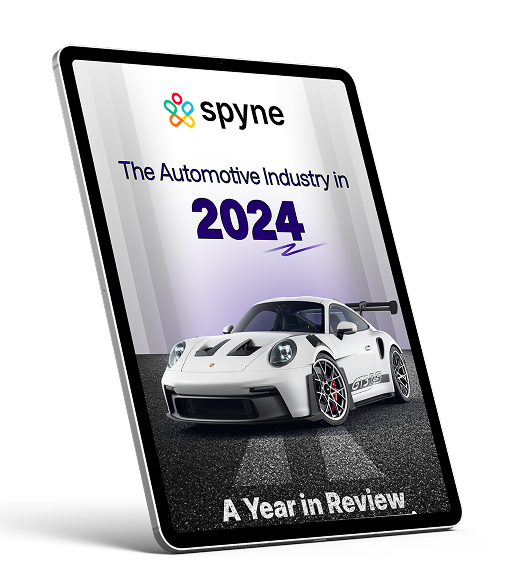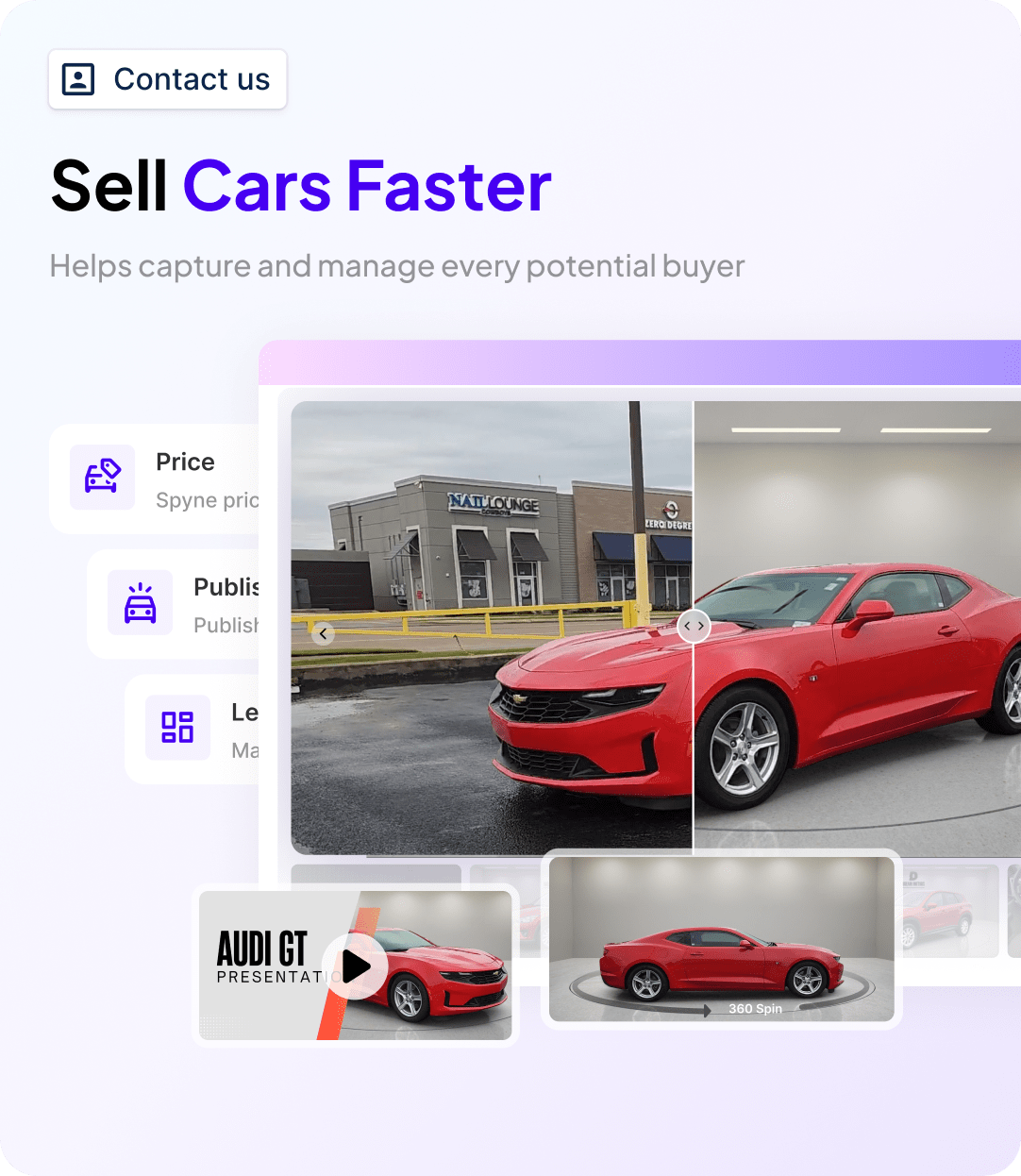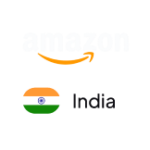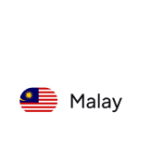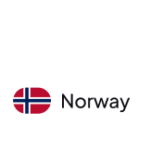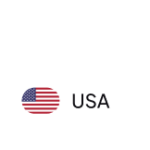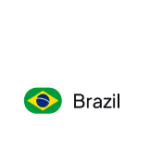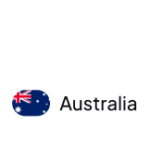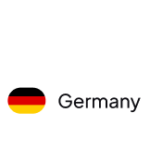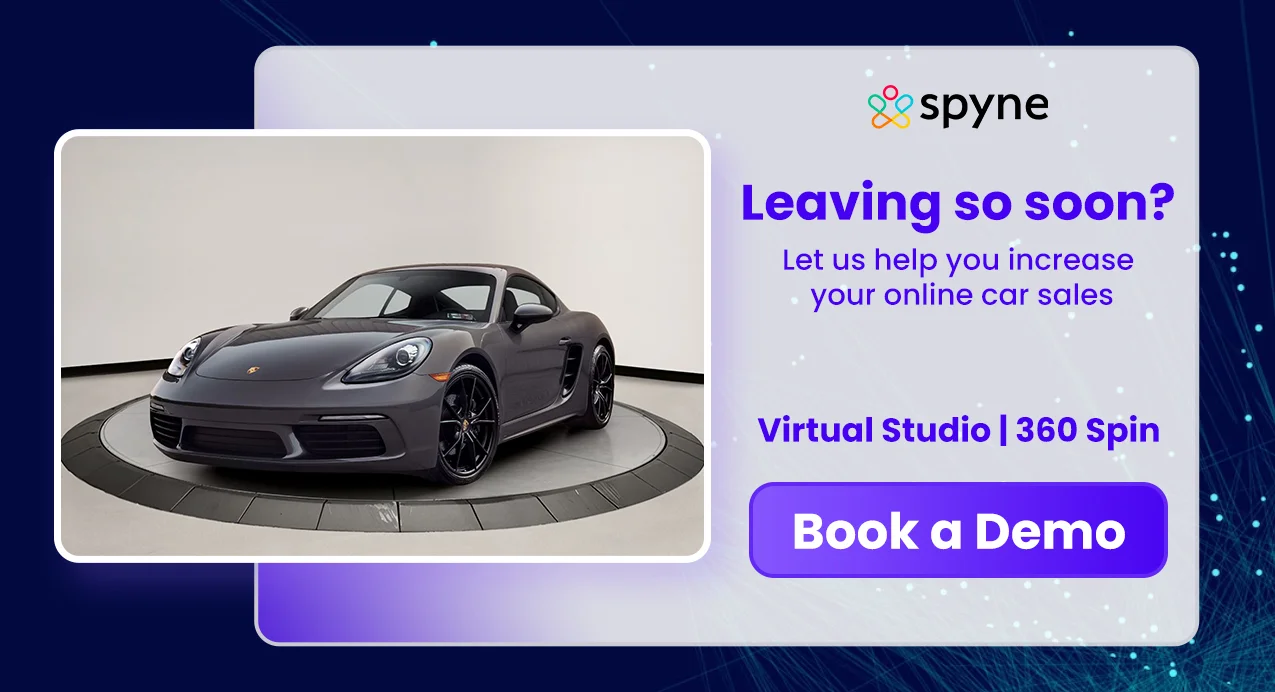Blurring number plates is crucial because it protects the owner’s privacy, prevents any potential misuse of their data, and ensures compliance with legal requirements. It is significantly crucial because it can be tied to identifying locations, ownership, or specific individuals.
Spyne stands out by abstracting away manual tracking, even for video tours, with its cloud-based AI detection that automates number plate blur and maintains consistency across frames, not just single photos. Spyne’s focus on dealership workflows gives it unmatched reliability for inventory videos where plates need masking, watermarking, or even logo replacement seamlessly.
Approaches to Blur Number Plate in Video
A. Traditional manual editing
These license plate blur tools are effective but time‑intensive because editors need to create masks and keyframes for every frame.
- DaVinci Resolve: Magic Mask or planar tracking on the Color page to define the plate region, then apply Gaussian or mosaic blur. If the plate moves off‑frame and re‑enters (e.g. panning footage), you must restart tracking manually.
- Premiere/After Effects: Use the Continuum BCC ML License Plate Blur filter or manual track mask in AE for moving shots.
- CapCut / FlexClip: Both support motion tracking, but mask placement and tracking still require user input per clip.
These methods can work well but are very hands‑on and slow, especially for multiple clips.
B. AI‑powered automatic tools
Industry tools like AVCLabs Video Blur AI or Reelmind.ai automate detection and tracking, but they are general-purpose. In contrast, Spyne is purpose‑built for car-focused workflows:
- AVCLabs uses advanced License Plate Recognition to auto-detect and blur plates frame by frame with mosaic or Gaussian filters.
- Reelmind.ai provides high-accuracy detection using deep learning (YOLOv9, Vision Transformers) and supports batch exports, model training, and real-time adaptive blur.
In the debate of Spyne vs blur number plate tools, Spyne is superior is its integration of plate-blur into the entire visual content pipeline: photos, 360 spins, and video tours for dealerships. It automatically hides plates, optionally replaces them with dealership logos, and ensures consistency across formats, all with minimal manual intervention.
How to Blur Number Plate in Video Automatically with Spyne
Even though Spyne originated as an image-first tool, its Video Tour and 360 Spin modules seamlessly handle plate privacy by design:
- Upload video or sequence of car visuals via Spyne’s dashboard (web or mobile).
- The AI engine automatically detects number plates in every frame and masks them in real-time.
- Choose whether to apply a blurred mask or replace it with your dealership logo overlay for branding privacy.
- Preview the video; Spyne ensures temporal consistency so blur remains stable even if the car moves, rotates, or changes angle.
- Batch export across multiple vehicles or trims, all with plate blur preserved.
- Delivered output is ready for web, listings, and marketing without further editing.
This end-to-end automation significantly reduces manual labor compared to Resolve or Premiere workflows.
Legal Implications of Showing License Plates in Videos
When asking “Why blur license plates?” You should keep track of this information.
Depending on the laws of your country, showing a number plate in public videos can lead to privacy violations and legal trouble. Number plates are considered personal data under GDPR. Publishing these number plates online without the owner’s consent can be illegal. In the U.S., laws may vary, but showing number plates to the public can lead to doxing or harassment. Content creators, dealerships, and car reviewers should exercise caution when publishing their videos on platforms such as Facebook or YouTube.
Using Spyne’s AI-based plate blur system ensures compliance without needing to manually mask every frame, making legal compliance seamless, especially at scale.
Can You Get Fined for Not Blurring Number Plates?
Yes, in many countries, failing to blur your number plates when publishing them online can result in fines or takedowns. For instance, in Germany, filming cars in public and displaying plates without the owner’s consent is strictly prohibited and can lead to legal consequences. YouTube also has similar community guidelines and can take down videos if they are reported. There have been numerous instances where content creators have faced takedowns for failing to blur license plates in their content.
With Spyne, you never have to worry about fines or takedowns. The AI automatically identifies and blurs plates across the full duration of your video, including motion tracking and changes in angle or lighting.
AI vs Manual Blurring: Cost, Time & Accuracy Compared
Tools such as Adobe Premiere Pro or DaVinci require masks to be drawn, keyframed to follow plates, and their blur strength to be manually adjusted for each clip. This process can take up to 20-30 minutes for each video, and may take longer if the video is complex to edit or if you are handling multiple videos. Not only is this inefficient, but it also introduces room for human error, like missed frames, inaccurate tracking, and inconsistent blur styles.
AI tools like Spyne solve this by automatically detecting plates, tracking them frame-by-frame, and applying a uniform blur effect. You can edit multiple videos simultaneously because Spyne offers batch processing. This helps you achieve faster turnaround, lower costs, and ensures your content looks consistent.
Blurring Number Plates in Dashcam Footage Automatically
Dashcam footage that is useful in car reviews, insurance claims, and travel vlogging often includes other people’s license plates. Manually editing all of them is not just tedious but almost impossible to do at scale. This is where Spyne’s AI video module becomes invaluable.
Spyne can process long, uninterrupted video segments by detecting and blurring every license plate that appears, even if multiple vehicles enter and exit the frame. It handles sudden lighting changes, motion blur, and plate reappearance. For content creators and insurance professionals alike, this automation ensures plate data is always hidden, without having to scrub through hours of footage.
Integrating License Plate Blur into Automotive Video Marketing
Car dealerships of today use high-quality tools such as virtual tours, 360 spin, and much more to market vehicles. But if they are not blurring their number plates, it can land them in a lot of legal trouble. Some buyers may not want their previous plates shown in used car videos.
Spyne’s platform seamlessly integrates license plate blur into the video marketing process. As you upload footage into your Spyne dashboard, the system detects all number plates, applies blur or replaces them with a custom logo or template, and generates ready-to-use media for your website or social channels. No editing skills required. It turns what used to be a tedious task into a smooth, automated step in your content pipeline.
What Makes Spyne Better Than Other AI Blur Tools for Car Content?
There are many general-purpose AI tools out there, but Spyne is specifically built for the automotive industry. Here’s why it stands out:
- Industry-specific training: Spyne uses AI that has been trained using thousand of car photos and videos. This helps in detecting number plates with greater accuracy.
- Seamless integration: Spyne can work with various dealership CRMs and video workflows.
- Cloud-based automation: You don’t need to download software programs with large sizes. Everything can be done on the web dashboard.
- Custom branding options: You can customize your number plate using your dealership’s logo instead of just using a standard blur.
- Bulk processing at scale: Process hundreds of vehicle videos or listings in one click, ideal for large used car lots or marketplaces.
No other platform offers the same level of automation, branding, and specialization in license plate blur workflows.
Can You Undo a License Plate Blur? Data Security Explained
A common question among clients and content creators is whether the number plate blur is permanent or reversible. With Spyne, once the plate has been blurred or replaced in the exported video, the original plate information is not recoverable. The blur is burned into the final video file, ensuring data security and privacy compliance.
This is critical for industries handling sensitive data. For dealerships, it ensures buyers’ or previous owners’ information is never exposed, even if videos are reposted or shared externally. Spyne also logs processing tasks, providing a transparent audit trail to prove that blurring was applied intentionally.
Summing Up
When your priority is to blur number plates in video automatically at scale, with branding options, batch exports, and minimal manual labor, Spyne emerges as the top AI choice. It combines plate detection, tracking across frames, optional logo overlays, and seamless integration for dealerships’ video and still workflows.
While general tools are great for manual editing, Spyne is purpose-built for the automotive ecosystem. It can save you hours of editing, ensuring privacy and enhancing your website’s listing’s professionalism.



